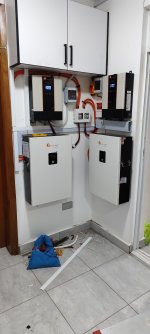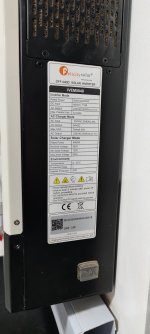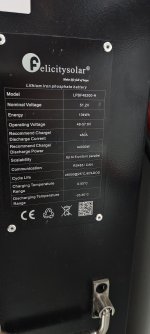Last year I posted here searching for advice on solar installation. I got very useful tips on which are reliable brands, the size, type etc. I settled on Felicity solar and went ahead to install a 10 kva battery, 8 solar panels with an output of 555v and a 5 kva inverter. It cost me 630k including installation.This setup has run my place quite efficiently. During sunny days, I am fully off grid day and night but on cloudy days I have to switch to kplc during the day then back to solar at night. This has not been ideal for me as I have always wanted to be fully off grid. The opportunity to do this came after the Gen Z protests which led to the fall of the finance bill. The prices of solar batteries and panels plummeted significantly ( or so said the felicity guy- I am not sure whether I was gamed during the first purchase)
Anyway, I ended up installing a second 10kva felicity battery and a second 5 kva inverter from the same company. This time round the total cost was 265k. So far I believe this will meet all my electricity needs even during cloudy weather. I use the normal gadgets you will find in a typical home- fridge, pasi, microwave, two water pumps and lighting.
Anyway, I ended up installing a second 10kva felicity battery and a second 5 kva inverter from the same company. This time round the total cost was 265k. So far I believe this will meet all my electricity needs even during cloudy weather. I use the normal gadgets you will find in a typical home- fridge, pasi, microwave, two water pumps and lighting.




